
Try out Search Coach and Domains when researching Early Persepctives on Social Media.
- Subject:
- Educational Technology
- Professional Learning
- Material Type:
- Lesson Plan
- Provider:
- Microsoft
- Provider Set:
- Microsoft Education
- Date Added:
- 02/27/2023

Try out Search Coach and Domains when researching Early Persepctives on Social Media.
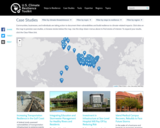
In the growing season, farmers and ranchers keep a watchful eye for any sign of drought. Early warning information can increase their range of options for dealing with the lack of water.

In this Cyberchase video segment, the CyberSquad figures out how to earn 100 snelfus in 11 days.
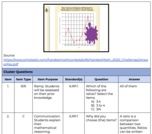
The Earth Club: Standard 6.RP.1 - Understand the concept of a ratio and use ratio language to describe a ratio relationship between two quantities.
This formative assessment exemplar was created by a team of Utah educators to be used as a resource in the classroom. It was reviewed for appropriateness by a Bias and Sensitivity/Special Education team and by state mathematics leaders. While no assessment is perfect, it is intended to be used as a formative tool that enables teachers to obtain evidence of student learning, identify assets and gaps in that learning, and adjust instruction for the two dimensions that are important for mathematical learning experiences (i.e., Standards for Mathematical Practice, Major Work of the Grade).

Earth Day is celebrated on April 22. In this holiday lesson, students learn about the origins of Earth Day and how it is celebrated in the United States. They also learn about different ways to take care of the Earth, such as recycling.

Earth science is the study of our home planet and all of its components: its lands, waters, atmosphere, and interior. In this book, some chapters are devoted to the processes that shape the lands and impact people. Other chapters depict the processes of the atmosphere and its relationship to the planets surface and all our living creatures. For as long as people have been on the planet, humans have had to live within Earths boundaries. Now human life is having a profound effect on the planet. Several chapters are devoted to the effect people have on the planet. Chapters at the end of the book will explore the universe beyond Earth: planets and their satellites, stars, galaxies, and beyond.

CK-12 Earth Science For High School covers the study of Earth - its minerals and energy resources, processes inside and on its surface, its past, water, weather and climate, the environment and human actions, and astronomy.

CK-12 Earth Science For High School covers the study of Earth - its minerals and energy resources, processes inside and on its surface, its past, water, weather and climate, the environment and human actions, and astronomy.

CK-12 Earth Science For Middle School covers the study of Earth - its minerals and energy resources, processes inside and on its surface, its past, water, weather and climate, the environment and human actions, and astronomy.
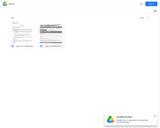
Students will explore the relationships and patterns among the Earth, Sun, and Moon system in our solar system. Students will design, build, and test a model of a lunar rover.
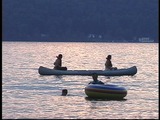
When the North Pole is tilted toward the sun in the summer, the Northern Hemisphere experiences more daylight. This results in longer days and warmer temperatures.
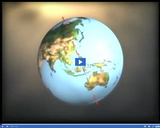
Earth's axis runs from the north pole to the south pole and is tilted at 23.5 degrees. Rotation is the spinning of Earth on its axis. It takes 24 hours to make one complete rotation.
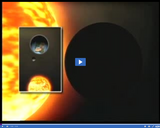
The moon goes through several phases based on its position in relation to the sun and Earth. When the moon is between Earth and the sun, none of it is illuminated and it is referred to as a new moon.
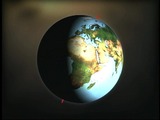
Earth's tilt on its axis is responsible for the different seasons.
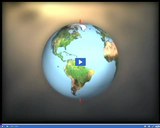
Earth bulges slightly at the equator and flattens slightly at the poles.
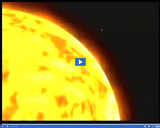
The sun is huge compared to Earth. About one million planets the size of Earth could fit inside the sun.
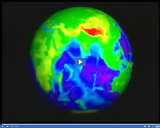
Earth spins, or rotates, at a speed of about 1600 kilometers per hour at the equator.
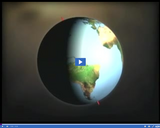
The tilt of Earth affects the length of day. When the north pole is tilted away from the sun, the northern hemisphere experiences less daylight. But when it is tilted toward the sun, it receives more daylight.
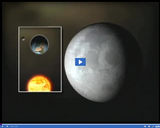
Waning refers to the process of the full moon growing darker as the moon revolves around Earth. The animation depicts the last quarter phase, from which it slowly grows darker and disappears until it becomes a new moon, starting the cycle over again.